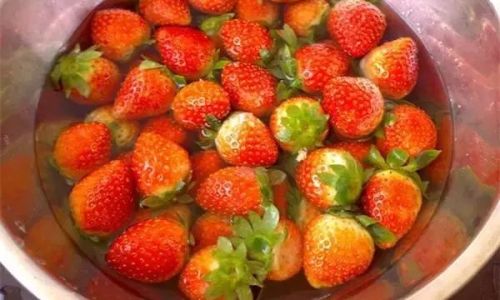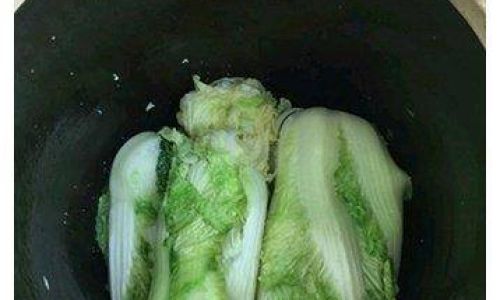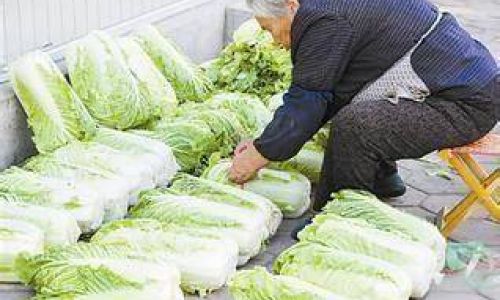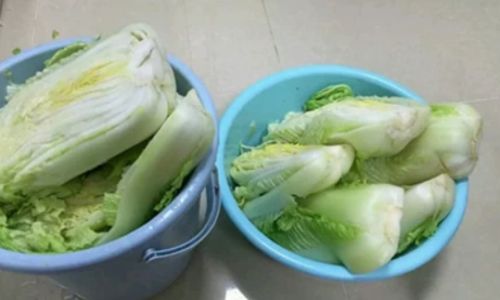Strawberries, with their vibrant red hue, juicy sweetness, and delicate aroma, are a beloved fruit enjoyed globally. However, their short shelf life—often lasting just a few days after purchase—can be frustrating for home cooks, gardeners, and strawberry enthusiasts alike. Preserving these berries not only reduces food waste but also allows you to savor their flavor year-round. This article explores seven straightforward, budget-friendly techniques to extend the life of strawberries, ensuring you always have a taste of summer on hand. From refrigeration hacks to creative culinary transformations, these methods require minimal equipment and deliver maximum results.

Refrigeration: The First Line of Defense
While refrigeration is the most obvious method, few people realize that strategic storage can double or even triple the lifespan of strawberries. Begin by inspecting your berries: discard any moldy or damaged ones to prevent spoilage from spreading. Avoid washing strawberries until you’re ready to use them, as excess moisture accelerates decay.
Step-by-Step Guide:
- Do Not Remove Stems: Leaving the green caps intact minimizes exposure to air and bacteria.
- Use a Ventilated Container: Place strawberries in a breathable container, such as a colander or a plastic clamshell with holes, to allow airflow. Avoid sealed plastic bags, which trap moisture.
- Line with Paper Towels: Add a layer of absorbent paper towels at the bottom of the container to wick away excess moisture.
- Store in the Crisper Drawer: Set your refrigerator to 32–36°F (0–2°C) and position the container in the crisper drawer, where humidity is controlled.
Pro Tip: For berries that are slightly overripe, sprinkle them lightly with lemon juice before refrigerating. The acidity slows enzymatic browning and adds a refreshing tang.
Freezing: A Gateway to Year-Round Delights
Freezing is one of the most reliable ways to preserve strawberries’ flavor and nutrients. Properly frozen berries can last up to 12 months, making them perfect for smoothies, baked goods, or sauces.
Method 1: Whole Berries
- Pre-Freeze Preparation: Wash strawberries gently, pat dry, and remove stems.
- Flash Freeze: Spread berries in a single layer on a baking sheet lined with parchment paper. Freeze for 2–3 hours until firm.
- Transfer to Bags: Portion the berries into freezer-safe bags or containers, removing as much air as possible. Label with the date.
Method 2: Sliced or Crushed
For convenience, slice strawberries into halves or quarters, or mash them into a puree. Add a teaspoon of lemon juice per cup of berries to prevent discoloration. Freeze in ice cube trays for easy portioning.
Important Note: Avoid thawing and refreezing, as this compromises texture. Use frozen strawberries directly in recipes without thawing.
Strawberry Jam: A Sweet Preservation Classic
Homemade jam captures the essence of summer in a jar. While traditional recipes require canning, a simple freezer jam eliminates the need for specialized equipment.
Ingredients:
- 4 cups crushed strawberries
- 4 cups sugar
- 1 package (1.75 oz) powdered pectin
- ¾ cup water
Instructions:
- Prepare the Berries: Wash, hull, and crush strawberries. Measure precisely.
- Cook the Pectin: In a saucepan, whisk pectin into water and bring to a boil. Stir for 1 minute.
- Combine and Boil: Add strawberries and sugar to the pot. Bring to a full rolling boil, stirring constantly. Boil for 1 minute.
- Jar and Cool: Pour into sterilized jars, leaving ½-inch headspace. Let cool at room temperature, then refrigerate or freeze.
Pro Tip: For a lower-sugar alternative, use pectin formulated for reduced-sugar recipes.
Dehydrating: Chewy, Portable Snacks
Dehydrated strawberries are a nutrient-packed snack with a concentrated sweetness. While a food dehydrator yields the best results, an oven set to low heat works equally well.
Oven Method:
- Preheat: Set your oven to 135–150°F (57–66°C).
- Prepare Berries: Wash, hull, and slice strawberries ¼-inch thick.
- Arrange on Racks: Place slices on baking sheets lined with parchment paper. Ensure they don’t overlap.
- Dehydrate: Bake for 6–8 hours, flipping halfway through. Berries are done when they’re leathery and no moisture remains.
Storage: Keep in an airtight container away from light. Dehydrated strawberries last 6–12 months.

Creative Use: Grind dried strawberries into powder to flavor yogurt, oatmeal, or homemade energy bars.
Vinegar Wash: A Surprising Freshness Booster
A vinegar solution kills mold spores and bacteria, extending refrigerated strawberries’ life by up to a week.
Process:
- Mix Solution: Combine 1 part white vinegar with 3 parts water in a large bowl.
- Soak Berries: Submerge strawberries for 5 minutes, swirling gently.
- Rinse and Dry: Rinse under cold water, then spread on a towel to air-dry or pat dry.
- Store: Refrigerate as described in Section 1.
Science Behind It: The acetic acid in vinegar disrupts microbial growth without affecting taste once rinsed.
Infused Vinegar or Syrup: Elevate Your Pantry
Transform excess strawberries into gourmet ingredients like flavored vinegar or sweet syrup.
Strawberry-Infused Vinegar:
- Fill a Jar: Pack clean, dried strawberries into a sterilized jar.
- Cover with Vinegar: Use white wine vinegar or apple cider vinegar.
- Infuse: Seal and store in a cool, dark place for 2–3 weeks. Strain and use in salad dressings or cocktails.
Strawberry Syrup:
- Simmer: Combine 2 cups chopped strawberries, 1 cup sugar, and 1 cup water in a saucepan. Simmer for 15 minutes.
- Strain: Mash berries, then strain through cheesecloth. Bottle the syrup and refrigerate.
Uses: Drizzle syrup over pancakes, mix into lemonade, or use as a marinade for meats.
Quick Pickling: A Tangy Twist
Pickled strawberries offer a balance of sweetness and acidity, perfect for cheese boards or salads.
Recipe:
- Prepare Brine: In a saucepan, combine 1 cup vinegar, ½ cup sugar, 1 tablespoon salt, and 1 cup water. Bring to a boil.
- Pack Berries: Place whole or halved strawberries in sterilized jars.
- Pour Brine: Fill jars, leaving ½-inch headspace. Seal and refrigerate.
Shelf Life: Pickled strawberries last 2–3 months in the refrigerator.
Conclusion: Preserve with Purpose
Preserving strawberries is both practical and rewarding. Whether you opt for freezing, jam-making, or dehydrating, each method ensures that no berry goes to waste. Experiment with these techniques to discover your favorite—perhaps you’ll rediscover the joy of opening a jar of summer-sweet jam in the dead of winter or snacking on chewy dehydrated strawberries during a hike. With minimal effort, you can turn a fleeting seasonal treat into a pantry staple, celebrating the taste of strawberries all year long.
By mastering these simple preservation methods, you’ll not only reduce food waste but also unlock creative culinary possibilities. So the next time you spot a pint of plump strawberries, buy with confidence—your future self will thank you.






0 comments